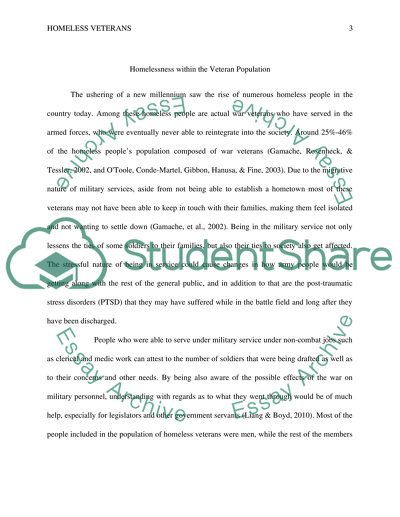Cite this document
(“Homelessness within the Veteran Population Research Paper”, n.d.)
Homelessness within the Veteran Population Research Paper. Retrieved from https://studentshare.org/psychology/1400513-homelessness-within-the-veteran-population
Homelessness within the Veteran Population Research Paper. Retrieved from https://studentshare.org/psychology/1400513-homelessness-within-the-veteran-population
(Homelessness Within the Veteran Population Research Paper)
Homelessness Within the Veteran Population Research Paper. https://studentshare.org/psychology/1400513-homelessness-within-the-veteran-population.
Homelessness Within the Veteran Population Research Paper. https://studentshare.org/psychology/1400513-homelessness-within-the-veteran-population.
“Homelessness Within the Veteran Population Research Paper”, n.d. https://studentshare.org/psychology/1400513-homelessness-within-the-veteran-population.


